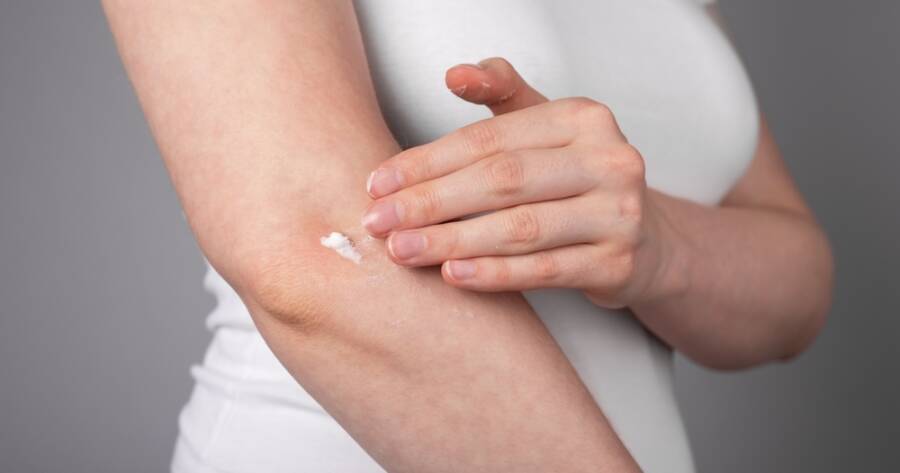Atopic dermatitis can be more than a surface issue. It often disrupts daily life with persistent itching, dryness, and discomfort. Flare-ups may be triggered by everything from weather to stress, making the condition unpredictable and deeply personal. Managing symptoms requires more than temporary relief; it calls for a thoughtful approach tailored to individual skin needs. From calming inflammation to reinforcing the skin’s barrier, effective treatment can make a meaningful difference in overall comfort and quality of life.
Understanding Atopic Dermatitis: Common Symptoms
Atopic dermatitis stems from a combination of genetic, environmental, and immune system factors. People with this condition typically have an impaired skin barrier, making the skin more susceptible to irritants, allergens, and infections. Common symptoms may include:
- Intense itching
- Red, inflamed skin
- Dry or cracked patches
- Fluid-filled blisters that may ooze and crust over
Triggers can vary, ranging from allergens (like pollen or dust mites) to stress or certain fabrics. Managing the condition usually involves minimizing these triggers alongside treatments targeted at controlling the symptoms.
Exploring the Root Causes
Understanding the underlying causes is essential in your search to find the best treatment for atopic dermatitis. In some cases, it’s linked to genetic variations that weaken the skin’s protective abilities, making it vulnerable to irritants and allergens.
In other instances, an overabundance of the bacterium Staphylococcus aureus disrupts the skin’s microbial balance, triggering the condition. If you think you’re at risk or are showing symptoms, talk to your doctor.
Effective Treatments for Atopic Dermatitis
While there is no cure, there are remedies that can help you manage the condition. Relief from atopic dermatitis varies from person to person, making it crucial to explore multiple remedies in your search for treatment.
Topical Treatments: Topical treatments are typically the first line of defense, often including moisturizers and steroid creams. Non-prescription moisturizers can alleviate dryness, but consult a dermatologist for more potent topical treatments.
Light Therapy: If you don’t respond to topical treatments or you experience frequent flares after treatment, your doctor might recommend light therapy. This treatment involves exposing the affected skin to controlled amounts of natural sunlight or artificial ultraviolet A (UVA) and narrow-band ultraviolet B (UVB).
Lifestyle Adjustments: Everyday Habits to Ease Symptoms
Incorporating small lifestyle changes can make a noticeable difference in managing atopic dermatitis. Consider these tips:
- Use lukewarm water: Hot water can strip the skin of its natural oils, worsening dryness.
- Wear soft, breathable fabrics: Cotton and bamboo are good choices, while wool and synthetic materials may irritate sensitive skin.
- Avoid harsh soaps and detergents: Opt for gentle, fragrance-free products that won’t disrupt the skin’s barrier.
- Maintain a humid environment: Dry indoor air can aggravate eczema, so using a humidifier may help maintain optimal skin hydration.
Find Relief for Atopic Dermatitis
While managing atopic dermatitis can be challenging, a combination of treatments tailored to individual needs can provide significant relief. Topical therapies, systemic treatments, and non-pharmaceutical approaches each have their place, depending on the severity of symptoms and personal circumstances.
It’s important to work closely with a healthcare provider to identify what works best, as the effectiveness of treatments can vary from person to person. With the right plan in place, many individuals can reduce the frequency and intensity of flare-ups, leading to a better quality of life.




